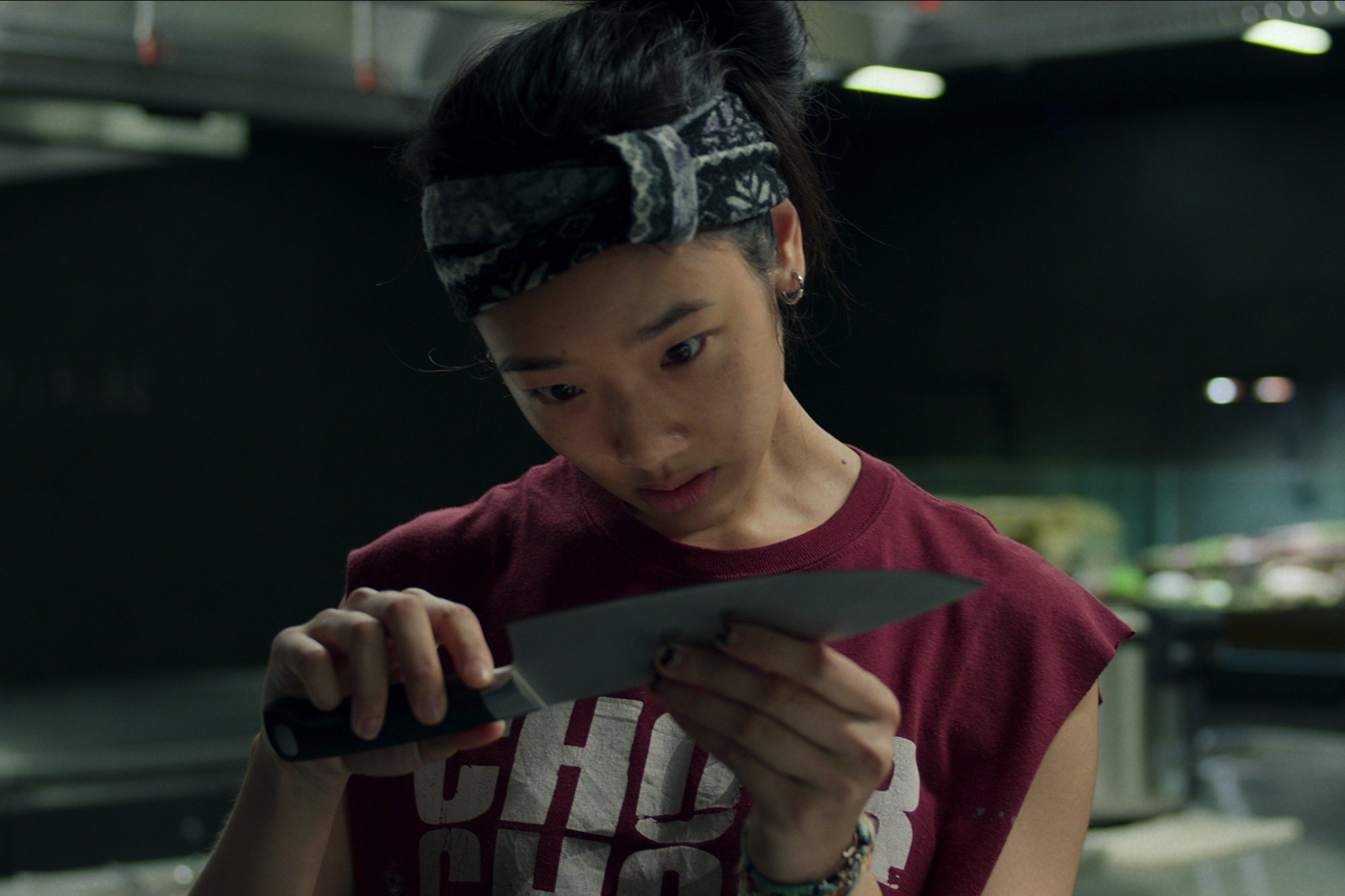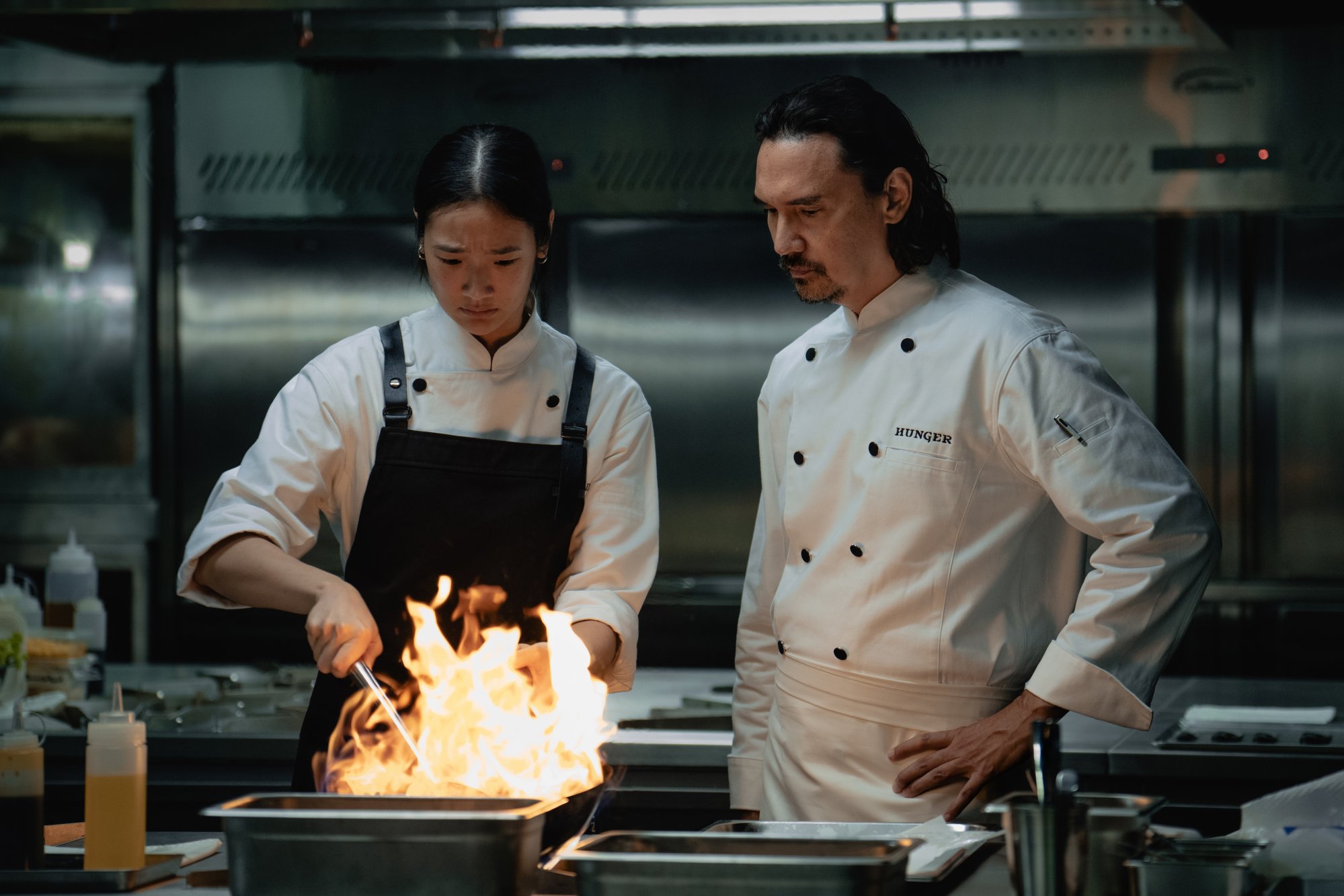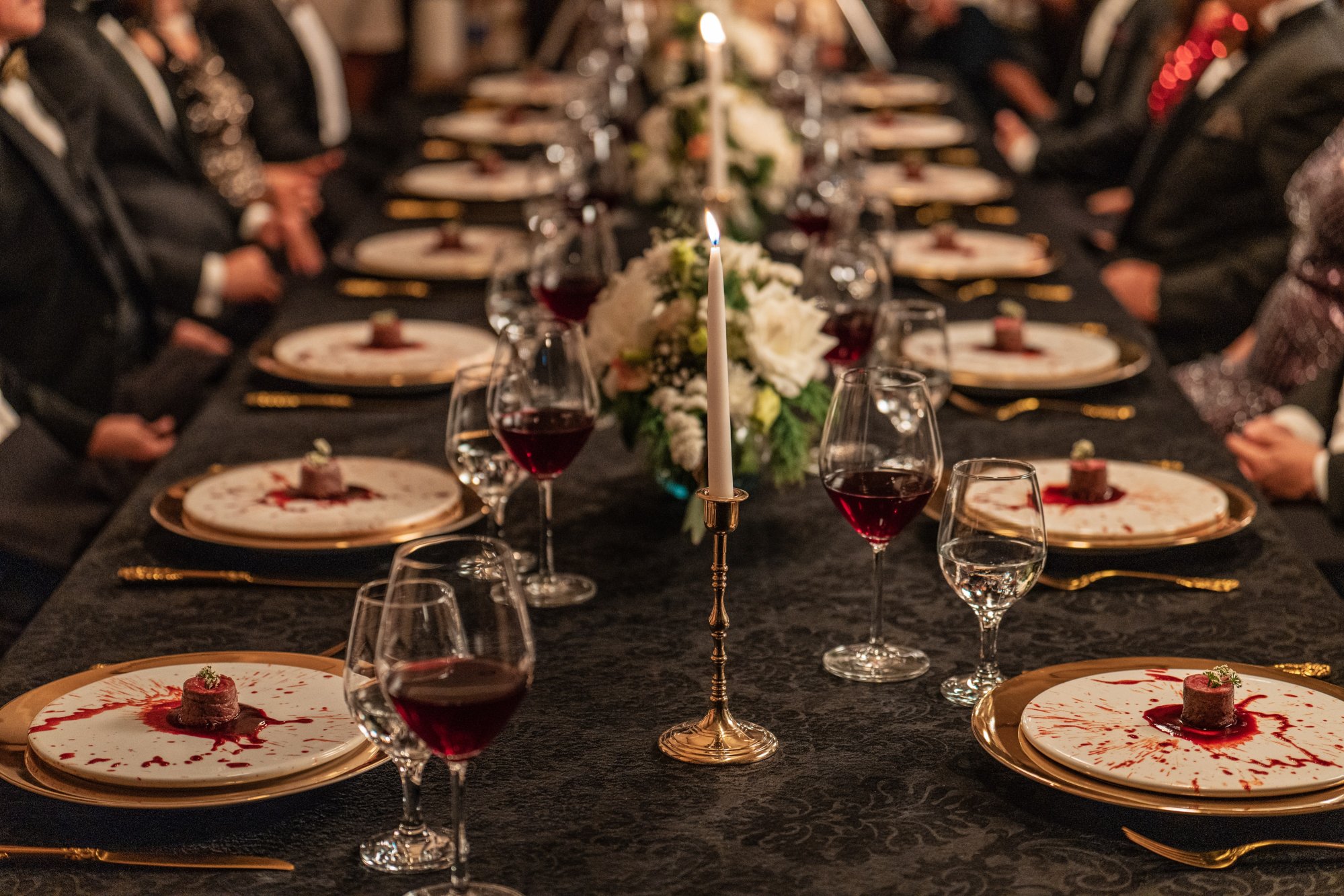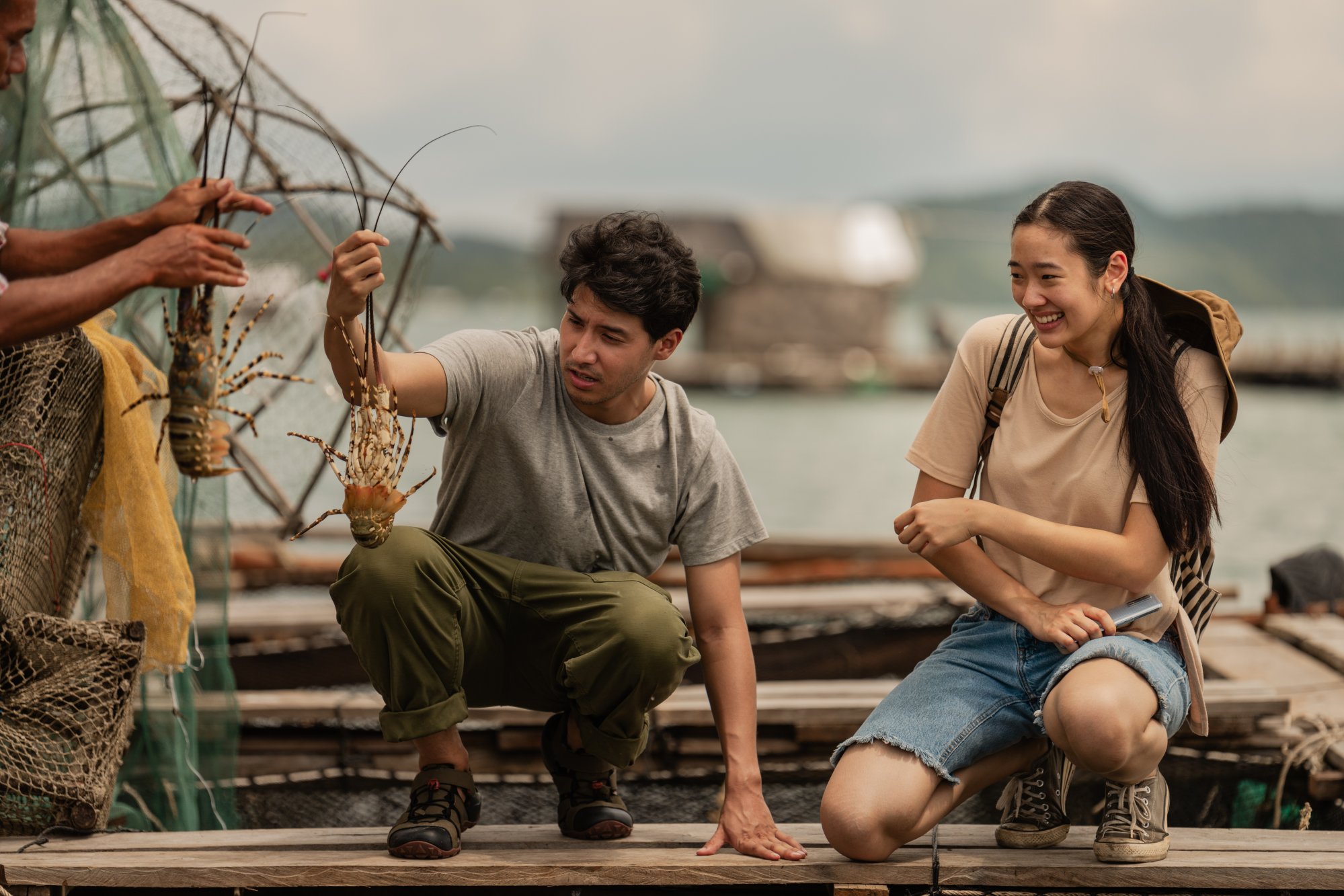
How Netflix drama Hunger, about a Thai street food cook who goes to work for a celebrity chef, uses haute cuisine setting to address social inequality
- Starring Chutimon Chuengcharoensukying, this Thai drama focuses on the relationship between a young member of a prestigious culinary team and her ruthless boss
- The director explains how his movie uses fine dining to examine wealth disparity in Thailand and the drive to succeed of people from rich and poor backgrounds
Like the fire that heats Aoy’s wok, the topics that the film addresses are hot, with Sitisiri using food and the hierarchical structure of haute-cuisine kitchens as metaphors to reflect the imbalances and class struggle in society, particularly in Thailand.
“Thailand has many different kinds, layers and classes of food, and I saw it as an ideal dimension to explore what poor and rich people eat and consume,” Sitisiri tells the Post in an interview. “Food made me think of one main question: Are people from both these worlds hungry for the same things?”
His answer develops into an exploration of humanity’s endless dissatisfaction and desire for change.
In Hunger, young Aoy is a talented yet poor Bangkok street food cook. She earns a meagre living making pad see ew, a common Thai noodle dish, in her family’s hole-in-the-wall shop, which is popular among the city’s working class.
‘This means so much’: Thai chef of Asia’s 50 Best Restaurants No 1 rejoices
One day, a customer who looks out of place among the regulars tells Aoy she’s “too good for the street”, and hands her a shiny business card. This is the start of an opportunity that could change Aoy’s life.
She accepts the invitation to join Hunger, one of Thailand’s most prestigious chef’s table teams, where she must prove her worth in a high-pressure environment.
The otherwise all-male team of sous chefs she joins is run like a military boot camp by Paul, a celebrity chef who choreographs exclusive conceptual meals for the upper echelons of Thai society, from uber-rich socialites to members of the country’s military junta.
Even though he has attained cult status and is venerated on social media, Chef Paul is never at peace.

“Chinese people cook with strong heat, and they have to avoid the flames, too,” Chutimon says. “I couldn’t because I was very scared, so chef Gigg had to literally pull me out of the fire’s reach. I managed to [fit this role] only by bringing Aoy out, as she’s a lot tougher than I am,” Chutimon says.

Hunger swings between themes of personal affirmation and class struggle. Aoy’s desire to be “special” and successful mirrors Chef Paul’s, who is both her role model and the film’s fierce antagonist.
“Everybody has a drive and a hunger created by personal issues that we all have deep inside,” Sitisiri says. “Aoy or Chef Paul are not necessarily any better than each other, because everyone has their own peculiar drive and backstory.
“The thing is, every human, whether they are rich and powerful or not, will always end up dying still hungry for something. It’s a vicious circle where everyone always wants more.”

“Regardless of any [local] political goings-on, the point I’d like to bring across is that Hunger does not take any sides and focuses more on the sheer fact of being human,” the director says. “It does not matter what government is in power, it’s still all about that prime hunger that is innate in every human.”

“The inequality is still there, not just because of Covid-19, but simply because it is a part of the social structure, which now is even worse than what it used to be,” Sitisiri says.
“The wealthy are still wealthy and powerful, whereas a lot of the street food has disappeared because of the economic impact of the pandemic, since many small businesses cannot employ staff or even survive.
“However, this film is not intended to make sense just at this time, but rather to reflect on ongoing, evergreen issues. Human hunger, especially between the rich and the poor, is sort of timeless, I think.”

“I believe women have more layers to their personalities, and that allows me the creative freedom of creating characters whose roles can swing. In both films, the female protagonists are strong and also similar in certain aspects, but they also differ in the moment of time their character is developed,” he says.
“To me, Asia still has a very male-dominated film industry where it’s hard to find good female lead characters, especially when they must exist in some sort of grey area and that is, I think, the main difference between Western shows and Hunger.”
Hunger will begin streaming on Netflix on April 8

